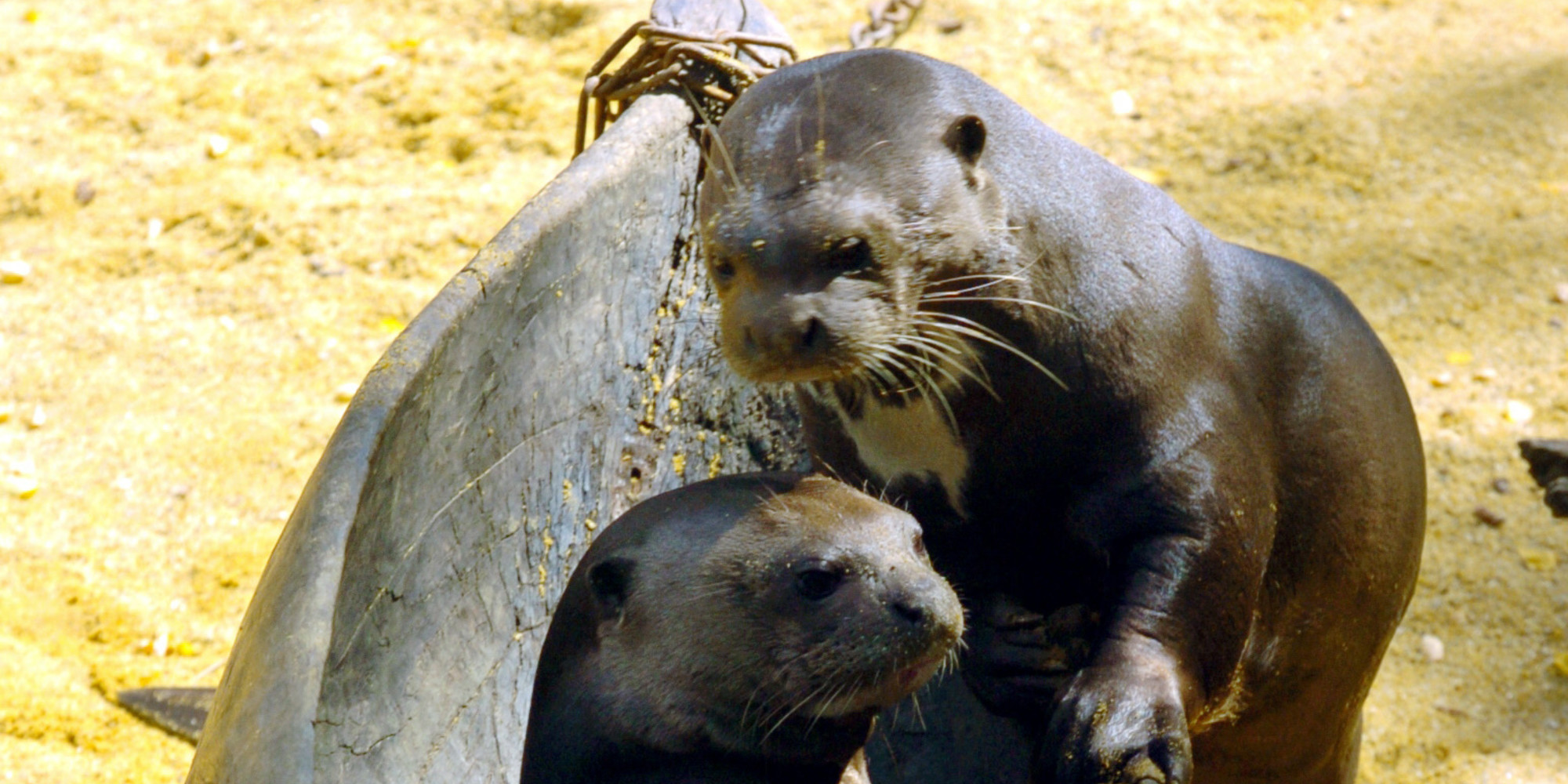Europe 1 with AFP 10:37 am, March 29, 2023
Forests, oceans and wetlands are carbon sinks that help limit climate change. But according to a study, nine types of animal species could also play a key role in staying below the 1.5 degree warming target.Forests, oceans and wetlands are tremendous carbon sinks that help limit climate change. But according to a study, nine types of animal species could also play a key role in staying below the 1.5 degree warming target.
Some wildlife species, by trampling on the earth, eating plants or other animals or through their feces, help facilitate carbon sequestration. So the preservation or restoration of just nine of them - marine fish, whales, sharks, gray wolves, wildebeest, sea otter, muskoxen, African forest elephant and American bison - could capture 6.41 gigatons of carbon dioxide per year, estimates the study published Monday in Nature Climate Change to which fifteen scientists from eight countries contributed.
>> READ ALSO - Climate: the IPCC publishes its "survival guide" for humanity
Combined with all other emission reduction measures, this would represent more than 95% of the amount needed each year to meet the global goal of removing 500 gigatonnes of carbon from the atmosphere by 2100, which would keep global warming below the 1.5 degrees Celsius threshold compared to the pre-industrial era, set as one of the Paris COP targets.
Controlling the carbon cycle
"Wild animals account for only 0.3% of the carbon contained in global biomass, and are therefore generally neglected in carbon accounting. But many species could exert very strong control over the carbon cycle by causing differences of 15 to 250% in the amounts of CO2 absorbed and stored in plants and soils, compared to conditions where animals are absent," Oswald Schmitz, a professor at Yale and lead author of the study, told AFP.
Case in point: Congo Basin forest elephants, which not only eat and expel tree seeds that are particularly efficient at storing carbon, but also promote their germination in their feces. They also trample understory vegetation to make room for tall trees – the ones that store the most carbon.
Their restoration - 500,000 to 1 million more elephants while, according to the International Union for Conservation of Nature (IUCN), their numbers have fallen by 86% over the last 31 years - could lead to an additional annual storage of 13 million tons of carbon, scientists estimate.
>> READ ALSO - Climate: rich countries must achieve carbon neutrality by 2040, pleads UN chief
Conversely, their extinction would lead to a loss of 7% of carbon storage, or 3 billion tons in total, had revealed a previous study in 2019.
But the biggest contributors to carbon storage would be fish, with 5.5 gigatonnes per year alone." There is urgency because we are losing populations of many animal species at the very moment when we discover how their role in ecosystems can allow carbon capture and storage," says Magnus Sylvén, one of the authors of the study, who advocates for better protection of wildlife.

